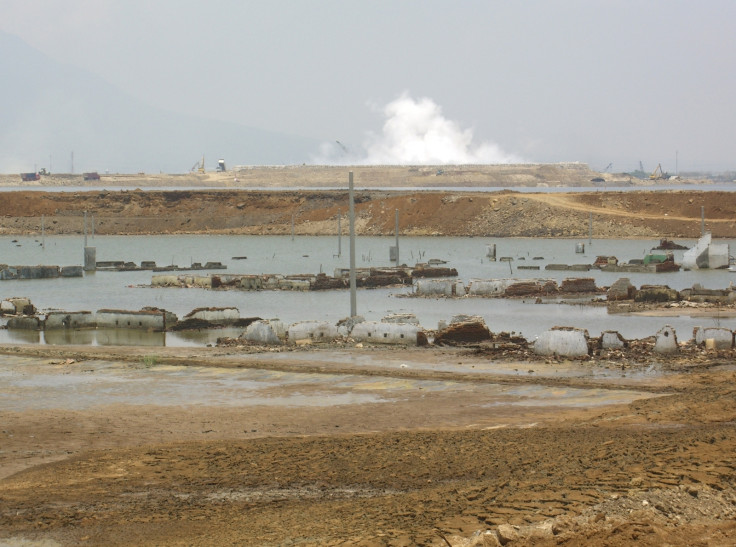Scientists uncover source of the world's largest and most destructive mud eruption
In 2006, large quantities of boiling mud began erupting from the ground across the island of Java.

Scientists have finally uncovered the source of the world's largest and most destructive mud eruption, which began 11 years ago on the Indonesian island of Java
On 29 May 2006, large quantities of boiling mud, rocks and gas started pouring out of vents in the ground at various sites around the island, burying many towns and causing thousands to flee.
By September of that year, the most prominent eruption had peaked, releasing enough mud daily to fill 72 Olympic-sized swimming pools. The eruption, known as Lusi, is still continuing, periodically spurting out jets of rock and gas.
The relentless tide of mud has buried villages 40 meters deep and forced 60,000 people from their homes, despite frantic attempts by locals to build levees in order to contain it.
Now, researchers may have uncovered the reason for the continuing mudflows – they think that Lusi is connected to a nearby volcanic system known as Arjuno-Welirang. Their research is published in the Journal of Geophysical Research: Solid Earth.
For the study, the team mapped the area beneath Lusi, using a network of 31 seismometers that allowed them to create a three-dimensional image of what lays below the surface.
This revealed a connection to the magma chambers of Arjuno-Welirang via a network of faults, 4 miles below the surface.
"We clearly show the evidence that the two systems are connected at depth," said Adriano Mazzini, a geoscientist from the University of Oslo and lead author of the new study. "What our new study shows is that the whole system was already existing there – everything was charged and ready to be triggered."
Scientists had suspected that Lusi and Arjuno were linked somehow, though this hypothesis had not been proven.
Java is part of a series of volcanic islands that were formed when one tectonic plate was forced beneath another. As the island rose out of the sea, volcanoes formed along its spine with basins of shallow water between them. The mud erupting from Lusi comes from sediments that accumulated in those basins while the island was still partially submerged.
The researchers found that magma from Arjuno-Welirang had been flowing into the sediments beneath Lusi, leading to a build-up of gas and pressure that was released after a 6.3 earthquake, causing the mud eruption.
"It's just a matter of reactivating or opening these faults and whatever overpressure you have gathered in the subsurface will inevitably want to escape and come to the surface, and you have a manifestation on the surface, and that is Lusi," Mazzini said.
While mud volcanoes are fairly common on Java, scientists are unsure how much longer Lusi will continue to erupt. Its connection to the nearby volcano system suggests that it may continue erupting for some time.





















